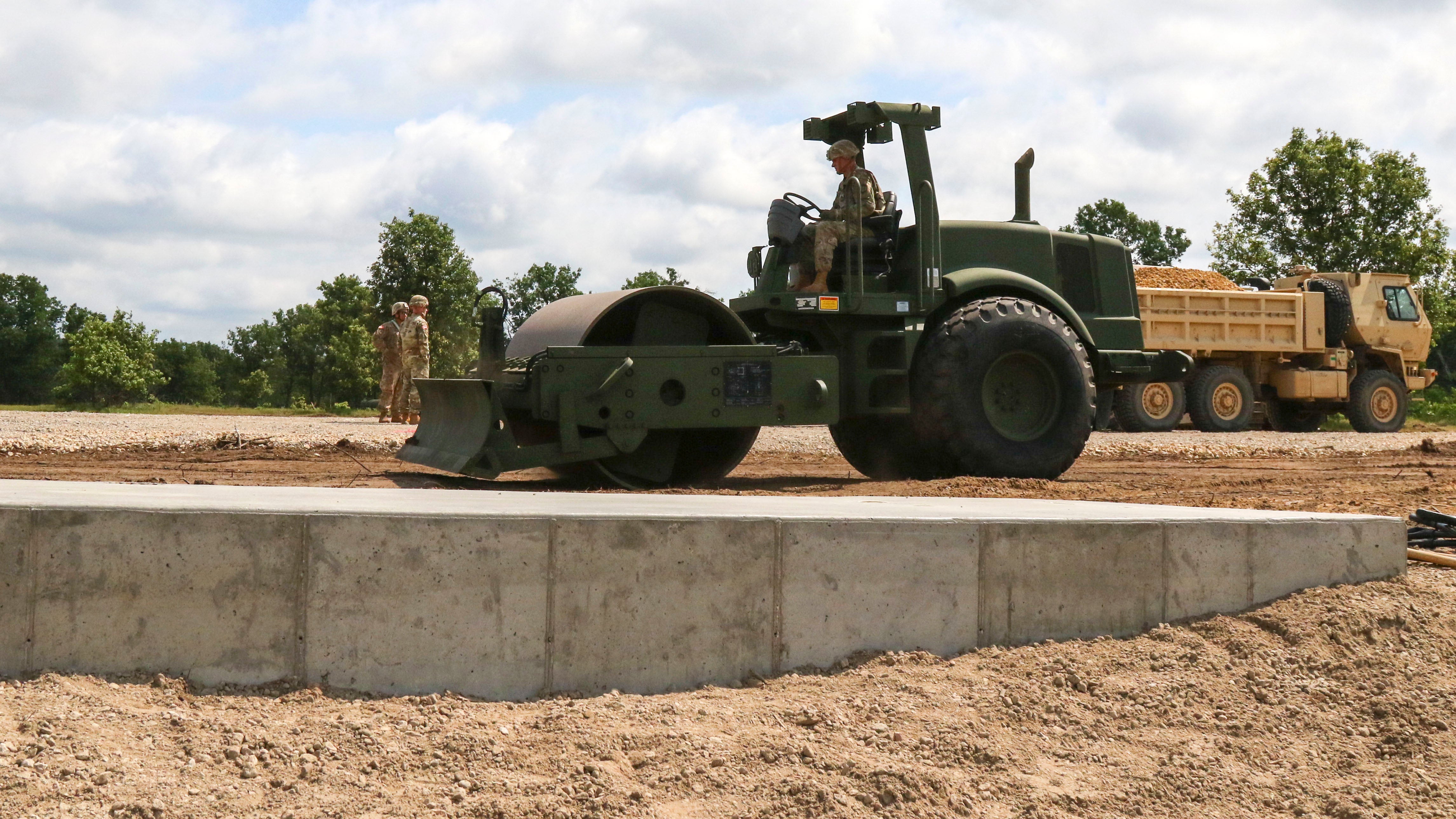Panel Increases Army Construction Budget
Panel Increases Army Construction Budget

Climate change and child care centers have the attention of a powerful Senate committee.
In its fiscal 2022 funding bill, passed Aug. 4 on a 25-5 vote, the Senate Appropriations subcommittee responsible for military construction approved an $85 million increase for child development centers “to help address a significant shortfall.”
The panel also gave the services extra funding to improve the resilience of installations, suggesting the money be earmarked for places “particularly vulnerable to extreme weather and climate events.” The Army received $10 million.
Additionally, senators asked DoD and the services when planning future budgets to “commit funding to projects that improve the resilience of military installations and their missions,” according to a report accompanying the bill.
The subcommittee provides the Army with $991.8 million for construction and maintenance, $157 million over the Pentagon’s budget request and $362.9 million more than the fiscal 2021 budget. The single largest Army project is $55.5 million to complete a command-and-control facility at Fort Shafter, Hawaii.
The additional money is earmarked for specific projects. There also is $34 million for a child development center at Fort Leavenworth, Kansas; $21 million to complete a reception barracks complex at Fort Jackson, South Carolina; and $17.2 million for an engineering center the U.S. Military Academy at West Point, New York, along with five smaller projects.
The Army National Guard budget is increased by $58.8 million over the Pentagon request, with two big additional projects: $16.9 million for a Bennington, Vermont, readiness center and $15.5 million for a maneuver area training equipment site at Camp Shelby, Mississippi.
The Army Reserve isn’t left out of increases. It gets an additional $29.2 million for a new transient training barracks at Fort McCoy, Wisconsin.
The condition of military laboratories is another concern for lawmakers, who note as an example that the Army needs better ranges and testing facilities for long-range precision fires. The panel says the military “struggles to compete through the normal military construction planning processes, resulting in negative impacts on the ability of the military to develop new acquisition programs or perform cutting edge research.”
Barracks for soldiers are another problem, the subcommittee says in the report. “Some installations lack high quality barracks while others do not have enough barracks to accommodate all soldiers. For example, Fort Riley, the home of the 1st Infantry Division, is strategically located within the United States and is regularly recognized as one of our nation’s premier military communities, but it lacks the existing housing infrastructure to accommodate new soldiers.” The panel is asking to make this a priority in future budgets.
The subcommittee action is not final. The measure is still working its way through the Senate, and the House of Representatives has its own version of the construction bill with the priorities of its lawmakers. A final version of the funding bill isn’t expected to pass until later this year after differences are worked out.

